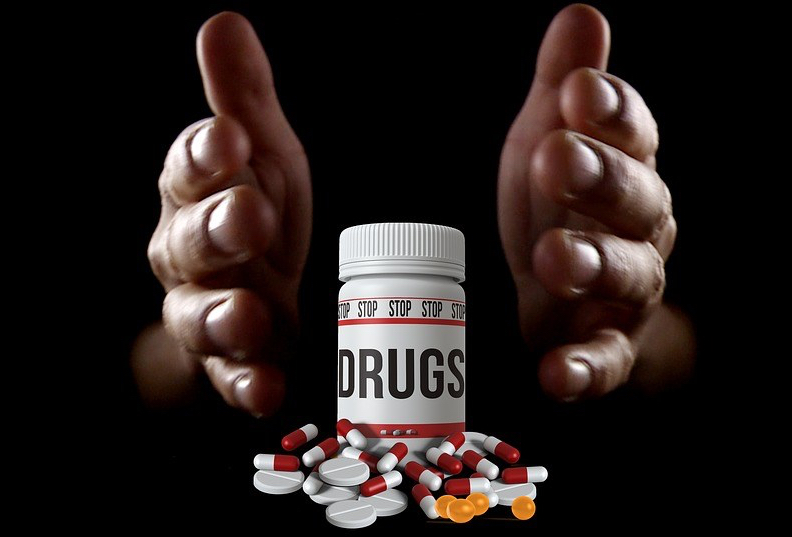Drug overdoses are a leading cause of death in the US, and opioid abuse is considered a serious public health issue. [1] According to the US Centers for Disease Control, overdoses from prescription opioids are a driving factor in the increase of opioid deaths. [2] Opioids are intended for short-term use under careful medical monitoring because of the risks for unintentional overdose, addiction and death. [3]
After repeated use, people develop a tolerance of opioids and need higher doses of the drug for effectiveness. Opioid abuse desensitizes the brain’s natural opioid system and increases the risk of overdosing. [4]
Before accepting a prescription for an opiod medication, ask your doctor about alternative options for managing your pain that have lower risks and less devastating side effects. Some alternatives may include:
- Other, less addictive, medications
- Cognitive behavioral therapy
- Physical therapy and exercise
- Medications for depression and seizures [5]
- Hypnotism
See my blog post on Hypnotism for Managing Chronic Pain for information on non-medical alternatives, including hypnotism. The National Institutes of Health has determined that hypnotism is likely to be effective for most people suffering from pain. [6]
Hypnotism leverages the power of an individual’s own mind to manage pain and discomfort. This may allow a person to get by with less-hazardous basic pain medications, or greatly reduce their level of medication needed for living with chronic pain.
You can learn more about hypnotism at my website, http://www.soothehypnosis.com
[1] “The U.S. Opioid Epidemic,” U.S. Department of Health and Human Services, https://www.hhs.gov/opioids/about-the-epidemic/index.html (accessed August 2017)
[2] “Opioid Overdose, Understanding the Epidemic,” Centers for Disease Control and Prevention, https://www.cdc.gov/drugoverdose/epidemic/index.html (accessed August 2017)
[3] “Opioid Overdose, Guideline Information for Patients, Safer, More effective Pain Management,” Centers for Disease Control and Prevention, https://www.cdc.gov/drugoverdose/prescribing/patients.html (accessed August 2017)
[4] Nora D. Volkow, MD, Testimony to Congress May 14, 2014, America’s Addiction to Opioids: Heroin, and Prescription Drug Abuse, National Institute on Drug Abuse, https://www.drugabuse.gov/about-nida/legislative-activities/testimony-to-congress/2016/americas-addiction-to-opioids-heroin-prescription-drug-abuse (accessed August 1027)
[5] “Opioid Overdose, Guideline Information for Patients, Safer, More effective Pain Management, Non-opioid Options,” Centers for Disease Control and Prevention, https://www.cdc.gov/drugoverdose/prescribing/patients.html (accessed August 2017)
[6] Gary Elkins, Mark P. Jemsen, and David R. Patterson, Hypnotherapy for the Management of Chronic Pain, U.S. National Library of Medicine, National Institutes of Health, https://www.ncbi.nlm.nih.gov/pmc/articles/PMC2752362/ (accessed August 2017)
Photo courtesy of RonnyK on Pixabay.
